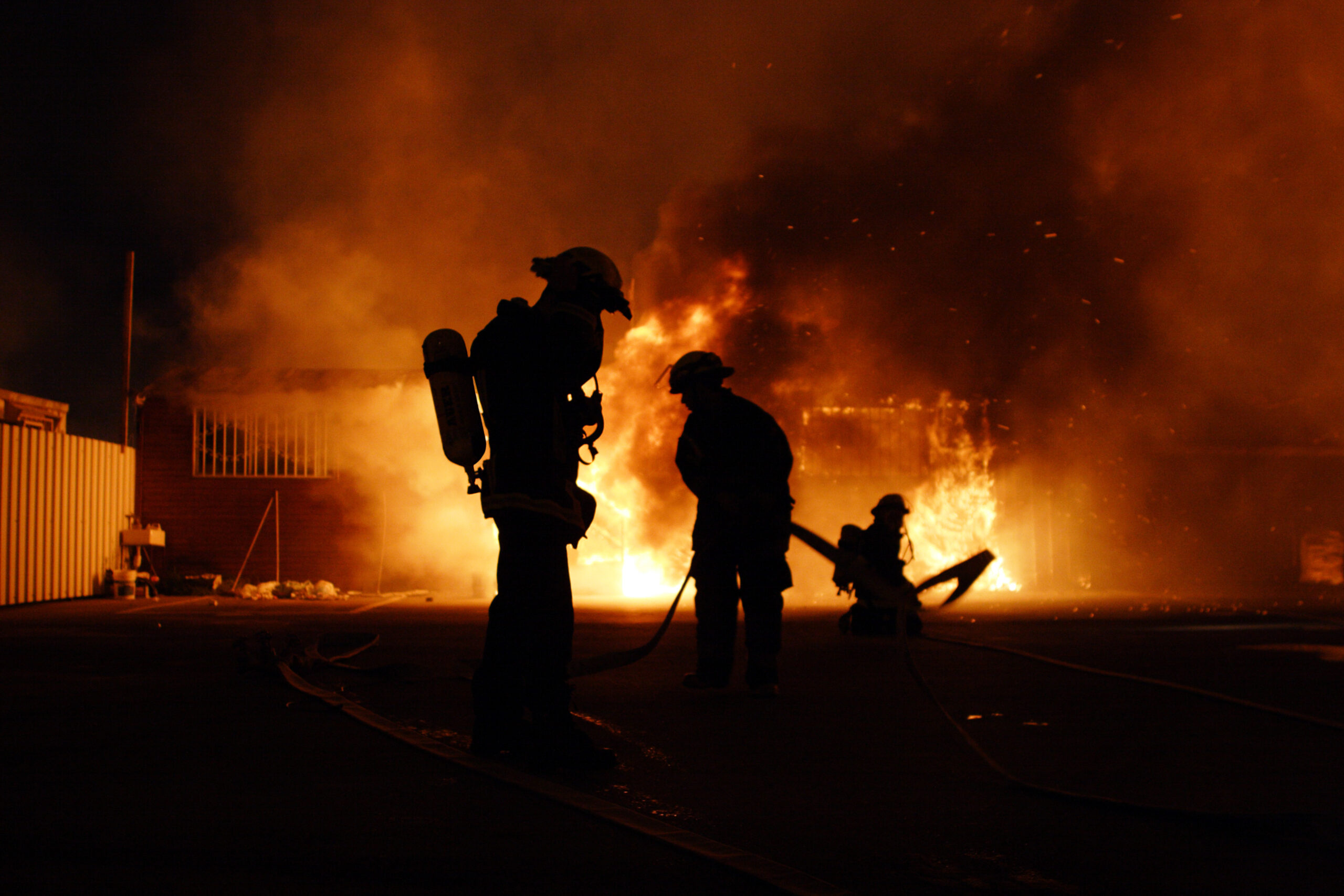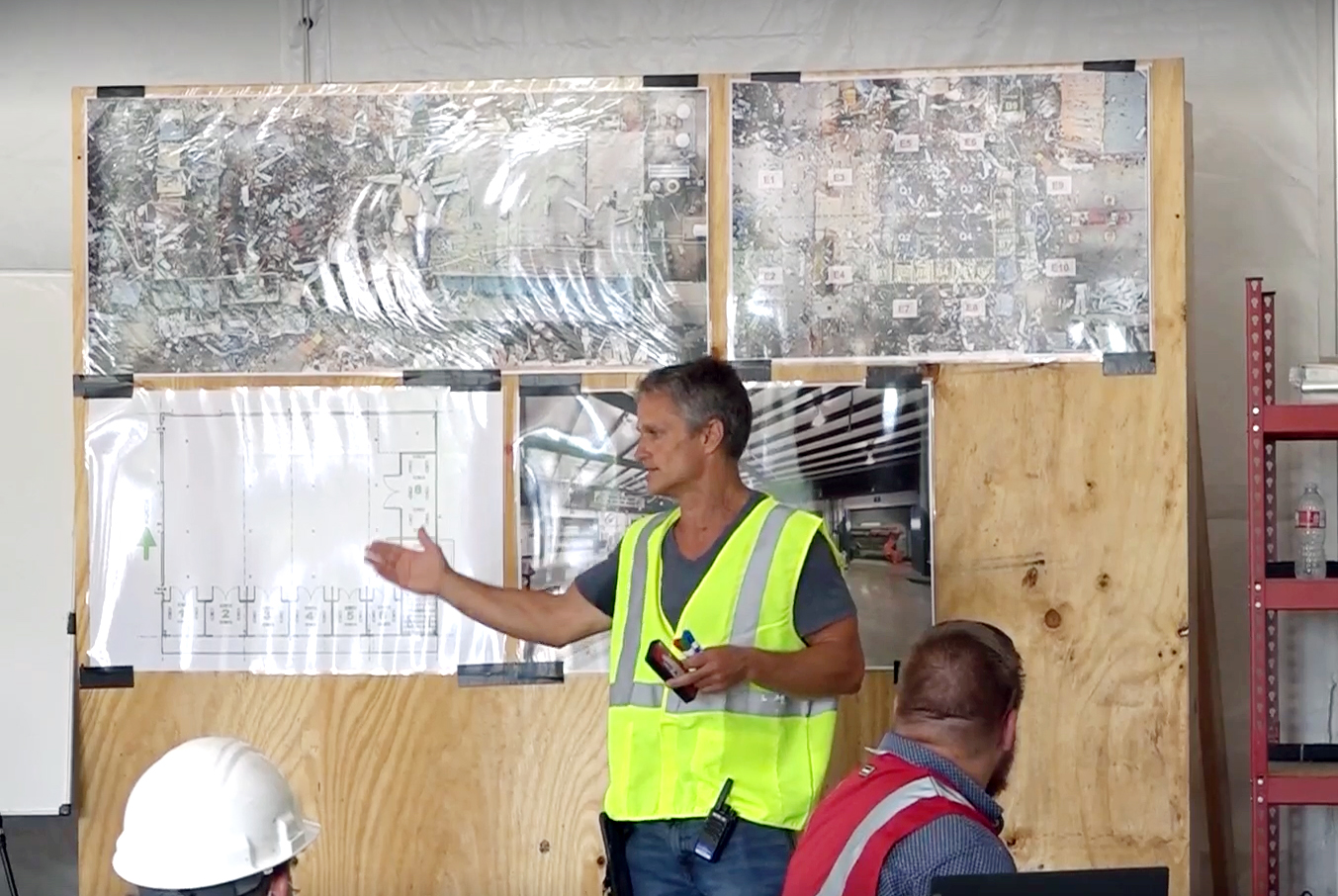
To mark the 15th anniversary of the Buncefield Storage Oil Storage Depot explosion which injured 40 people in 2005, we reflect on the third of three key questions raised by the Health and Safety Executive at the time of the criminal prosecution.
Are you getting the right information to assure yourself that these systems are working effectively?
At approximately 6am on Sunday 11th December 2005, a large explosion occurred at Buncefield Oil Storage Depot in Hemel Hempstead, Hertfordshire. The fire engulfed the fuel tanks and burned for several days – it was the largest fire seen in peacetime in the UK.
At Buncefield several preventative and mitigative systems failed in series, resulting in the explosion and ensuing fire. The failures included the technical causes of the incident and broader management failings.
It is apparent that the site operators were not getting the right information to identify that their systems were not working / would not work effectively.
Failure of the automatic tank gauging (ATG) system, as described in the previous blog (link) was one of the immediate causes of the major incident.
The servo-gauge had become stuck causing the level gauge to ‘flatline’. After the incident, it was discovered that the gauge had stuck 14 times in less than four months leading up to the incident. The sticking was logged on some occasions and other times it was not. The definitive cause of the sticking was never properly identified.
It highlights issues about how ‘near misses’ and recurring issues are logged, tracked and investigated as well as identifying their root cause and enabling corrective actions to be implemented.
Consider the following questions:
- How frequently are preventative and mitigative systems audited?
- What is the reasoning behind this frequency?
- Who performs the audits / checks?
- Are they suitably knowledgeable and competent in performing the inspection?
- Where are the details of the audit / inspection recorded?
- What happens if a system fails during a routine inspection?
- Is there a process in place to track through to completion any issues that are identified and reported within the management system?
- How do you prioritise maintenance tasks?
- Have safety systems which are considered critical and would stop the facility operating if they failed, been identified?
Failure of the independent high-level switch (IHLS), as described in the previous blog, was one of the other immediate causes of the major incident.
Due to the way the switch was designed, installed and maintained it was important that personnel had a strong understanding on how it worked. This was not the case at Buncefield.
The failures highlight the following issues:
- Do operators and contractors have a strong understanding of how the preventative and mitigative systems they control / work with, fundamentally work?
- How are systems verified to ensure they are working effectively?
Operators did not treat the tank bunds as safety critical equipment. Containment during a prolonged fire was not considered. Systems for control of contractors (including those designing and constructing bunds) did not ensure bunds were designed, built or maintained to the standards considered as good practice at the time of the accident. Pipework penetrations and a lack of fire-resistant bund joints meant that many bunds would fail during a prolonged fire.
The failures highlight the following issues:
- How is safety critical equipment identified?
- Is safety critical equipment designed, built and maintained to standards considered as good practice?
- How is safety critical equipment assessed as to whether it is effective or not?
For more advice and support about process safety and risk management please click here
References:
Buncefield: Why did it happen? The underlying causes of the explosion and fire at the Buncefield oil storage depot, Hemel Hempstead, Hertfordshire on 11 December 2005”, Competent Authority (CA) URL: https://www.hse.gov.uk/comah/buncefield/buncefield-report.pdf
https://www.icheme.org/media/10705/buncefield-first-progress-report.pdf
A study on the effect of trees on gas explosions, Kees van Wingerden
https://www.aidic.it/cet/13/31/077.pdf
https://www.hse.gov.uk/comah/guidance/understanding-comah-new-entrants.pdf
Do you like what you read?
Get the latest trends in the field of process safety management straight to your inbox, and enhance your skills through knowledge sharing from industry experts.



